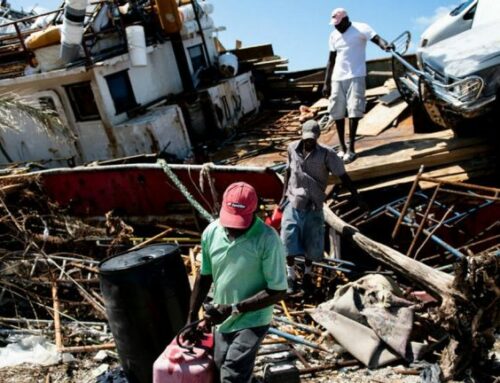
We’ve worked on a lot of events these past months and we’ve still a few more in the pipeline, so a logical and suggested topic for this month’s blog, was something along the lines of ‘what goes into making an event a success?’
Now it’s easy to write a checklist of sorts that includes how to deal with the likes of parking, wet weather, drunken guests and failed AV technology, but the greatest mistake people make when planning an event is long before the details are planned.
One of the biggest oversights is failing to define the objectives for the event. What is the purpose of the event? Common reasons fall under these general areas: sales generation, brand building, market research, media relations, customer relationships, product launches, public relations and channel building/support.
These are broad objectives but you need to be more specific if you want to be able to measure success and ROI following your event. So instead of it being for media relations, your objective could be to obtain front page newspaper coverage and be the lead TV news story; instead of to sell more product, it could be to close 15 contracts by the end of the month that were leads from the event.
With your objectives nailed you can turn your attention to the details. Whether it’s an intimate cocktail party, a contemporary product launch or an extravagant gala dinner, there are several areas that, in our experience, are key to ensuring your event communicates your message, engages your audience and is memorable. These include:
- Setting a budget and sticking to it
- Defining a specific target audience
- Telling your story – an event isn’t ‘show and tell’, it’s about engaging your audience, winning their hearts and minds, so you can move them to action
- Getting expert help when and where you need it – whether it’s with AV, speech writing, graphic design or styling, call in an expert if you need one
- Maximise and integrate – an event should not stand alone from your other marketing and communications; Use your digital assets. Ensure the event walks and talks your brand
- Leave time to rehearse – you can never be too prepared
- Murphy’s Law – if it can go wrong, it probably will. Undertake an event risk assessment. Have a plan B
- Measurement and ROI – how are you going to measure? Be specific. Is it the number of people in attendance? The change in perception? Media coverage? Connections made with key people?
And after all the blood, sweat and tears, even the best laid plans can go awry so it’s important to be flexible, nimble, calm and most importantly – to keep your sense of humour.




